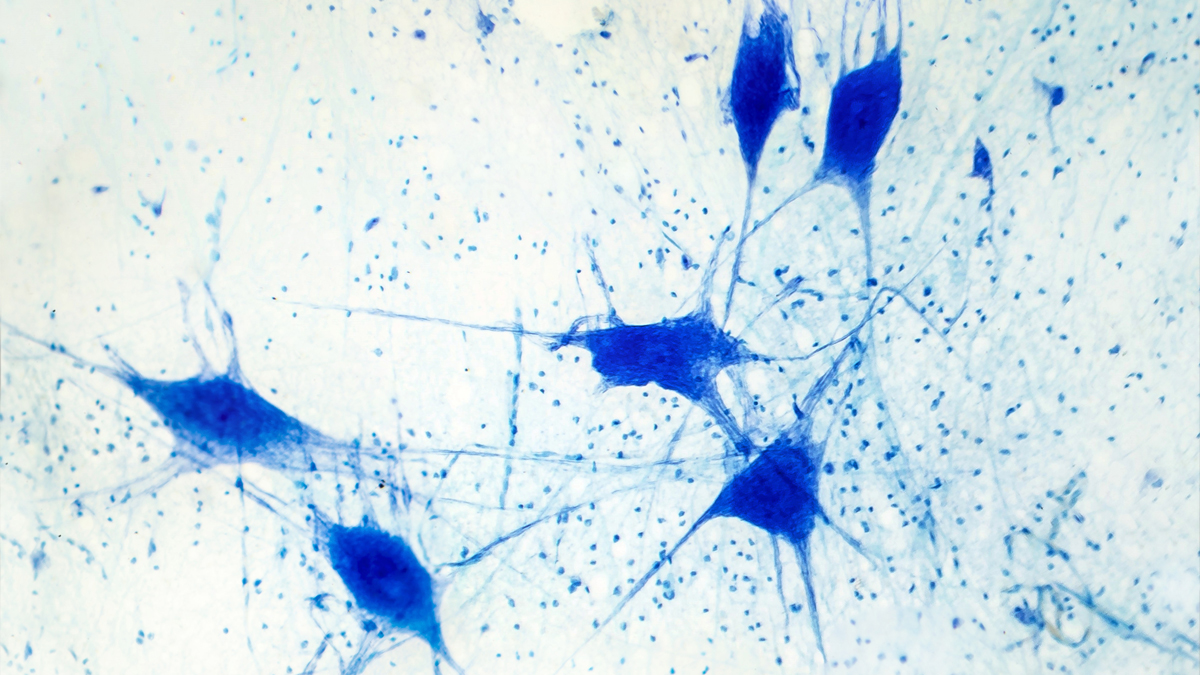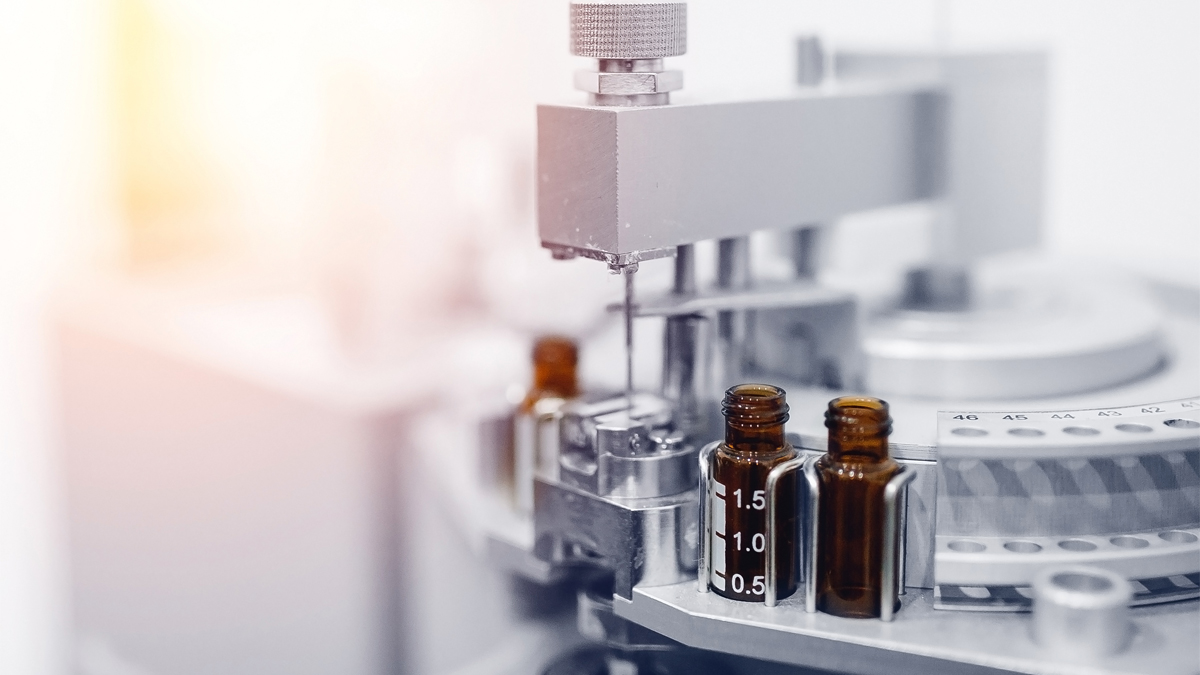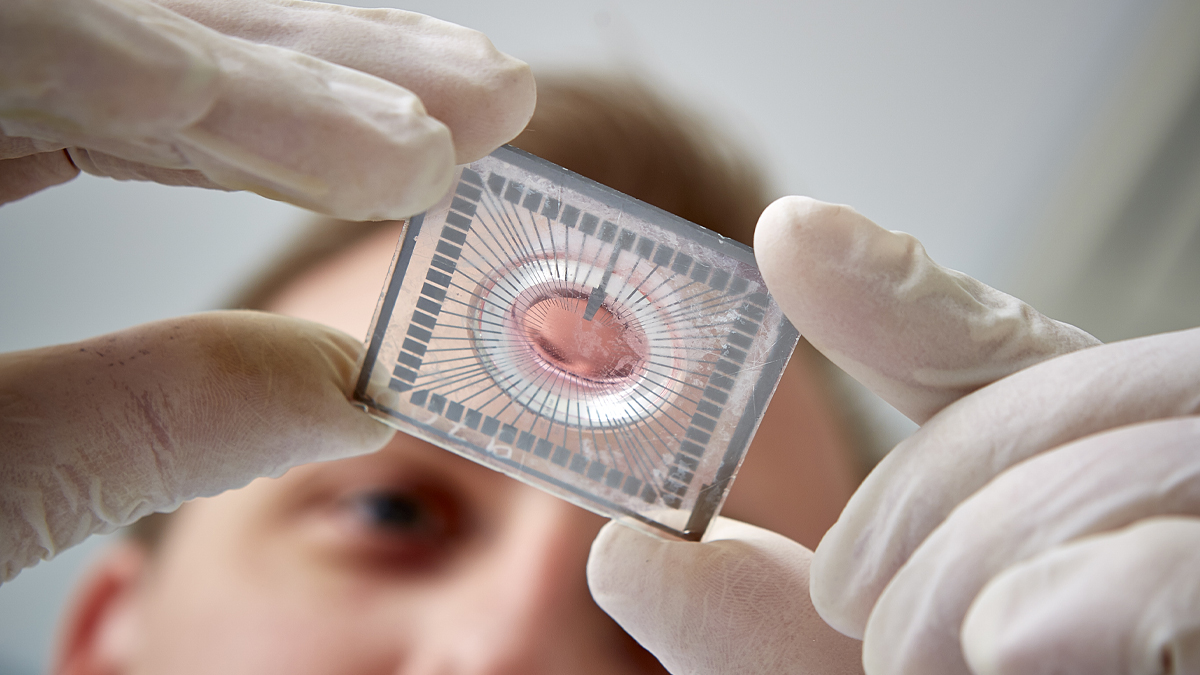This project will investigate how different 3D cell culture hydrogels, particularly nanofibrillar cellulose (NFC), influence the regenerative potential of human mesenchymal stem cells (hMSCs) and human neural crest-derived stem cells (hNCSCs). 3D hydrogels mimic the extracellular matrix, providing a more physiologically relevant environment for stem cell growth and differentiation.
Within the project, the candidates will analyse the physical and chemical properties of various hydrogels, including NFC, alginate, and Matrigel. In addition, they will evaluate the growth, viability, and morphology of hMSCs and hNCSCs cultured within these hydrogels and in 2D. Lastly, differentiation capabilities and regenerative capacity will be studied in 2D and 3D.
Mechanistic Insights: Elucidate the signalling pathways and gene expression changes induced by different hydrogel environments.
This research will advance the development of more effective 3D culture systems for stem cell-based regenerative therapies, potentially leading to improved treatments for tissue engineering and repair. Additionally, it will enhance our understanding of how biomaterial properties influence stem cell function and differentiation.
Methodology will include cell culture, laser scanning confocal microscopy, qPCR, Western blotting, life cell imagining and immunocytochemistry.



